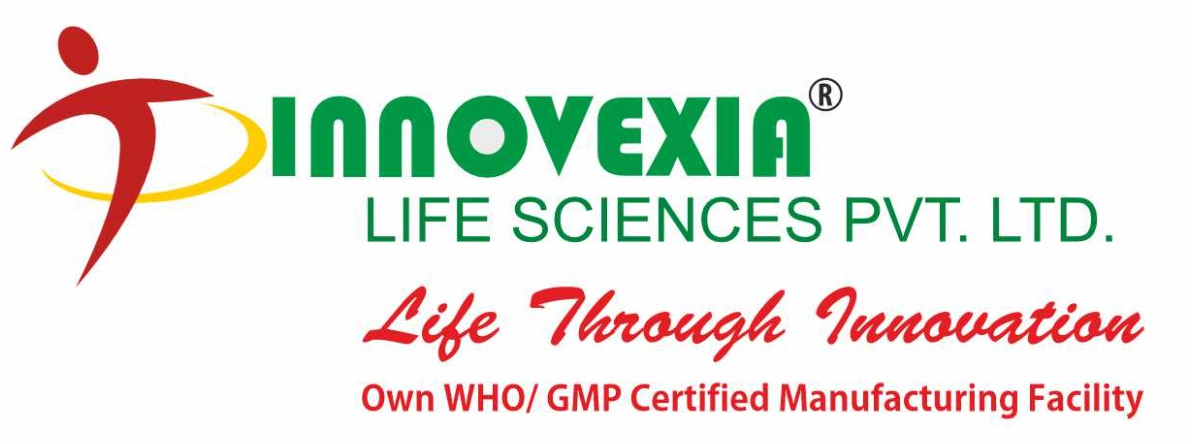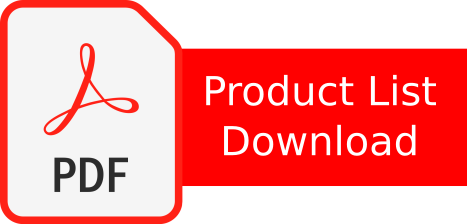Starting a medical distribution business in India requires careful planning, research, and compliance with relevant regulations. Here are the general steps to help you get started:
1. Research and Business Plan for Medical Distribution Business
– Market research: Identify the demand for medical products in your target market. Understand the market size, competition, and trends. Determine which medical products are in high demand and which segments or regions have potential for growth.
– Business plan: Develop a comprehensive business plan that outlines your goals, strategies, and financial projections. Include information about your target market, marketing approach, pricing strategies, and distribution channels. This plan will serve as a roadmap for your business and can be useful when seeking funding or partnerships.
2. Legal Considerations for Medical Distribution Business
– Business registration: Decide on the appropriate legal structure for your business, such as a sole proprietorship, partnership, or private limited company. Register your business with the relevant authority, such as the Registrar of Companies (ROC) or Registrar of Firms (ROF).
– Licenses and permits: Obtain the necessary licenses and permits to operate your medical distribution business. This includes obtaining drug licenses, wholesale licenses, and GST registration. Consult with local authorities or regulatory bodies like the Central Drugs Standard Control Organization (CDSCO) for specific requirements.
– Compliance: Familiarize yourself with applicable laws and regulations, such as the Drugs and Cosmetics Act, the Medical Devices Rules, and other relevant regulations. Ensure compliance with labeling requirements, product quality standards, and advertising guidelines.
3. Infrastructure and Storage for Medical Distribution Business
– Facility setup: Find a suitable location for your distribution center or warehouse. Ensure it meets the hygiene and storage requirements for medical products. Consider factors like accessibility, security, and temperature control.
– Storage conditions: Different medical products may have specific storage requirements, such as temperature-controlled environments or specialized storage cabinets. Adhere to these requirements to maintain product integrity and quality.
– Inventory management: Implement an inventory management system to track and manage your stock. This will help you monitor product availability, expiration dates, and reorder points to avoid stockouts or wastage.
4. Supply Chain Management for Medical Distribution Business
– Supplier selection: Identify reputable manufacturers, suppliers, and distributors of medical products. Assess their credibility, product quality, certifications, and track record. Establish relationships with reliable suppliers who can consistently meet your demand.
– Contract negotiation: Negotiate favorable terms and conditions with your suppliers, including pricing, credit facilities, and delivery schedules. Consider factors like minimum order quantities, return policies, and exclusivity agreements if applicable.
– Quality assurance: Ensure that your suppliers comply with quality standards and have the necessary certifications. Conduct periodic quality checks and audits to maintain product integrity and patient safety.
5. Logistics and Distribution for Medical Distribution Business
– Transportation: Develop a robust logistics system to manage the movement of medical products from suppliers to your warehouse and from there to customers. Consider partnering with reliable courier services or transport companies with experience in handling pharmaceutical or medical products.
– Delivery network: Optimize your delivery network to reach your target market efficiently. Determine the most cost-effective and timely methods of delivery, considering factors like distance, volume, and urgency of orders. Utilize technology to track shipments and provide customers with real-time updates.
– Cold chain management: If you handle temperature-sensitive products, implement proper cold chain management practices to maintain the required temperature conditions during transportation and storage.
6. Sales and Marketing for Medical Distribution Business
– Product promotion: Develop a marketing strategy to promote your medical products. Leverage both online and offline channels, such as websites, social media, industry publications, and participation in trade shows or conferences.
– Targeted advertising: Identify your target audience, such as hospitals, clinics, pharmacies, or healthcare professionals, and tailor your advertising efforts accordingly. Highlight the unique selling points of your products and emphasize their benefits to potential customers.
– Relationship building: Build strong relationships with key stakeholders in
the healthcare industry, including doctors, pharmacists, and medical institutions. Provide them with product catalogs, samples, and informative materials. Attend industry events to network and showcase your offerings.
7. Regulatory Compliance for Medical Distribution Business
– Stay informed: Continuously monitor and stay updated with the latest regulations, guidelines, and amendments related to the distribution of medical products in India. This includes regulations related to licensing, labeling, packaging, and advertising.
– Labeling and documentation: Ensure that your products are labeled accurately and comply with regulatory requirements. Include necessary information such as product name, composition, dosage, batch number, manufacturing and expiry dates, warnings, and precautions.
– Pricing regulations: Familiarize yourself with pricing regulations imposed by the National Pharmaceutical Pricing Authority (NPPA) or other relevant authorities. Avoid engaging in unethical practices such as overcharging or price manipulation.
8. Financial Management for Medical Distribution Business
– Funding: Determine the initial investment required for your medical distribution business. Consider expenses such as facility setup, inventory, staff salaries, marketing, and operational costs. Explore options for funding, such as personal savings, bank loans, or partnerships with investors.
– Accounting and record-keeping: Maintain accurate financial records and implement robust accounting systems. Track your expenses, sales, and profits regularly to assess the financial health of your business. Consider hiring an accountant or financial advisor to ensure compliance with taxation and financial regulations.
9. Build a Team for Medical Distribution Business
– Recruitment: Hire a competent and knowledgeable team to support your medical distribution business. Look for individuals with experience in the healthcare or pharmaceutical industry, supply chain management, sales, and customer service.
– Training: Provide training to your team members on product knowledge, distribution processes, and customer relationship management. Ensure they understand the regulatory requirements and compliance standards specific to the medical distribution sector.
Remember, starting a medical distribution business in India involves complying with various legal and regulatory requirements. It is advisable to consult with legal and business professionals who specialize in the pharmaceutical or medical distribution sector to ensure you meet all necessary obligations and stay updated with the evolving regulatory landscape.

